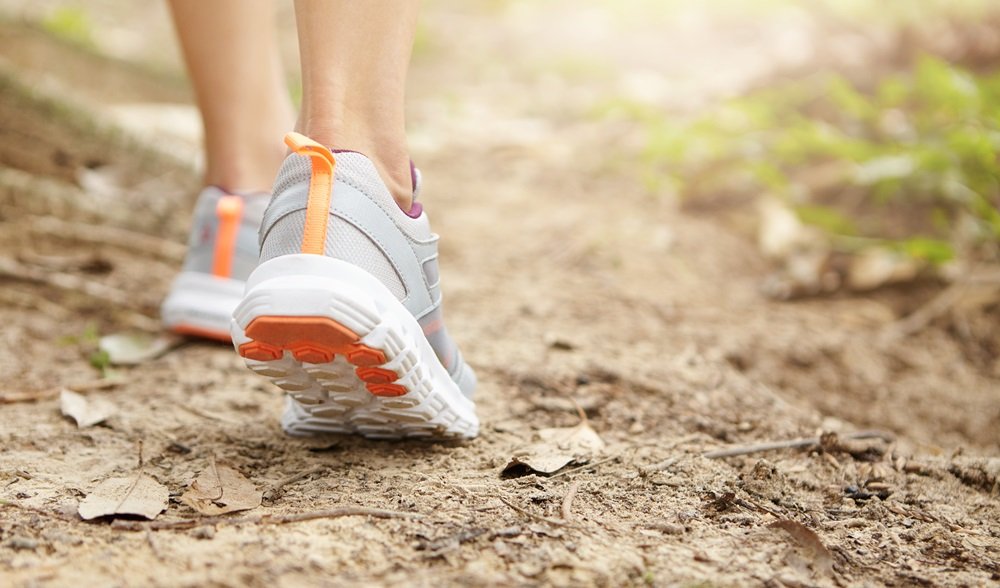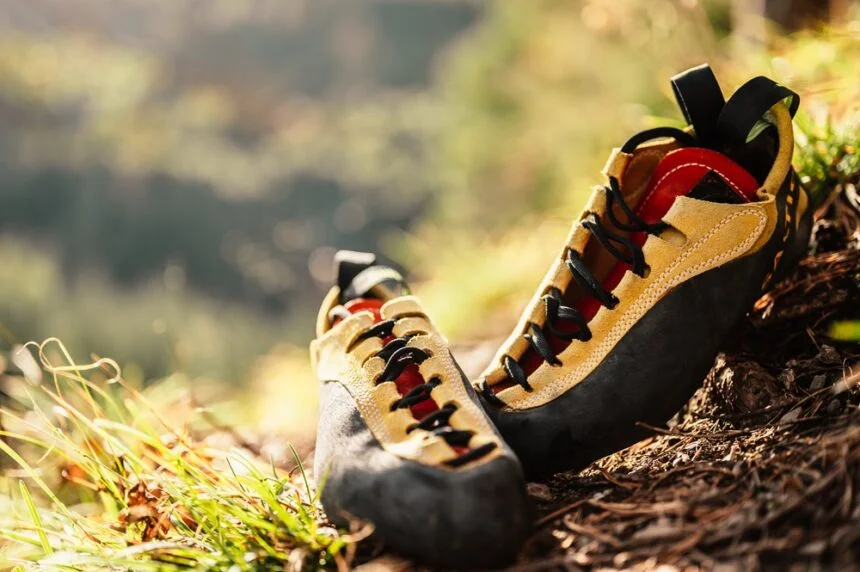You might think all feet are basically the same, but that’s far from true. Your unique foot anatomy plays a huge role in how climbing shoes perform on the wall.
Just like how runners search for the perfect running shoes sale to match their gait, climbers need to understand their foot structure to find shoes that actually help instead of hurt their performance.
Foot Width Makes All the Difference
Your foot width is probably the most important factor when choosing climbing shoes. Feet generally fall into three categories: narrow, medium, and wide.
Most climbing shoe brands design their shoes around a medium width, which leaves about 40% of climbers struggling with poor fit.
Narrow feet often experience heel slippage and dead space in the toe box. This creates instability when you’re trying to make precise movements on small holds.
Wide feet face the opposite problem – excessive pressure on the sides of the foot, leading to hot spots and reduced sensitivity.
Research from the American Podiatric Medical Association shows that 88% of people wear shoes that don’t match their actual foot width.
In climbing, this mismatch becomes even more critical because you need every advantage you can get.
Toe Length Patterns Shape Your Shoe Choice
Not all toes are created equal. Your toe length pattern significantly affects how climbing shoes should fit and perform. There are three main patterns:
| Toe Pattern | Description | Climbing Impact |
| Egyptian | Big toe longest, others taper down | Works well with most aggressive shoes |
| Greek | Second toe longer than big toe | Needs shoes with more toe box room |
| Square | All toes roughly same length | Requires wider, less tapered designs |
Greek foot patterns make up about 25% of the population, but most climbing shoes are designed for Egyptian feet.
If you have a Greek foot and force it into the wrong shoe shape, you’ll deal with constant pressure on that longer second toe, reducing your ability to stand on small edges.
Arch Height Changes Everything
Your arch height affects how climbing shoes transfer power and provide support. High arches create pressure points at the heel and forefoot, while flat feet can cause the shoe’s structure to break down faster.
People with high arches often need stiffer midsoles to prevent the shoe from collapsing under their arch. Flat-footed climbers typically perform better in softer, more flexible shoes that can adapt to their foot shape.
A study published in the Journal of Sports Sciences found that climbers with matched arch support performed 15% better on technical routes compared to those with mismatched support.
Volume Matters More Than You Think
Foot volume refers to the overall three-dimensional space your foot takes up. Two people can have the same length and width measurements but completely different volumes.
High-volume feet are thicker from top to bottom, while low-volume feet are flatter.
High-volume feet in low-volume shoes create excessive pressure on the top of the foot.
This reduces blood flow and creates discomfort that can end your climbing session early. Low-volume feet in high-volume shoes lead to instability and reduced precision.
Heel Shape Affects Hooking Performance
Your heel shape directly impacts how well you can heel hook – a crucial technique in modern climbing. Some people have narrow, tapered heels while others have wide, square heels.
Narrow heels in wide heel cups create gaps that reduce hooking power. Wide heels crammed into narrow cups cause pressure points that become painful during longer climbs.
Professional climbers often have multiple pairs of shoes specifically chosen for their heel shape compatibility.
Getting the Right Fit for Your Anatomy
Start by getting your feet measured properly. Most people haven’t had their feet measured since childhood, but feet change over time. Measure both feet since they’re often different sizes.
Try shoes on in the afternoon when your feet are slightly swollen – this mirrors how they’ll feel during actual climbing.
Don’t assume your street shoe size translates to climbing shoes. Most climbers wear climbing shoes 1-2 sizes smaller than their regular shoes.
Consider the climbing style you do most. Sport climbers can tolerate tighter, more aggressive fits because their routes are shorter.
Traditional climbers need more comfort for longer routes. Boulderers often prefer the most aggressive downsizing for maximum performance on hard moves.

When Anatomy and Performance Meet
Your foot anatomy isn’t just about comfort – it directly affects your climbing performance.
Properly fitted shoes improve your ability to feel the rock, maintain precision on small holds, and climb longer without fatigue.
Understanding your anatomical differences helps you make better shoe choices and avoid common fitting mistakes.
Remember, the most expensive or technically advanced shoe won’t help if it doesn’t match your foot shape. Take time to understand your feet, and your climbing shoe performance will improve significantly.
Frequently Asked Questions
How does foot width affect climbing shoe performance?
Foot width (narrow, medium, wide) determines how well a shoe fits without causing dead space or pressure points. Poor width matching reduces stability, precision, and comfort while climbing.
Why do toe length patterns matter for climbing shoes?
Your toe pattern (Egyptian, Greek, Square) influences how your foot sits inside the shoe. A mismatch can cause discomfort, reduced edge control, and even injury over time.
What’s the impact of arch height on climbing performance?
High arches often need stiffer midsoles for support, while flat feet benefit from softer, more flexible shoes. Matching arch support improves technical performance and reduces fatigue.
What is “foot volume” and why is it important?
Answer: Foot volume is the total space your foot occupies. High-volume feet in low-volume shoes create painful pressure, while low-volume feet in high-volume shoes cause instability.
How does heel shape affect climbing?
Heel shape determines how securely you can heel hook. The wrong heel cup fit can cause slipping, reduced power transfer, or painful pressure points.
How can I find the right climbing shoe for my foot anatomy?
Measure both feet, try shoes in the afternoon when feet are slightly swollen, and choose fit based on your climbing style. Don’t rely solely on street shoe sizes.Why is understanding my foot anatomy important for climbing shoes?
Because a shoe that matches your anatomy improves comfort, precision, and climbing endurance—more than any expensive “pro” model would.







